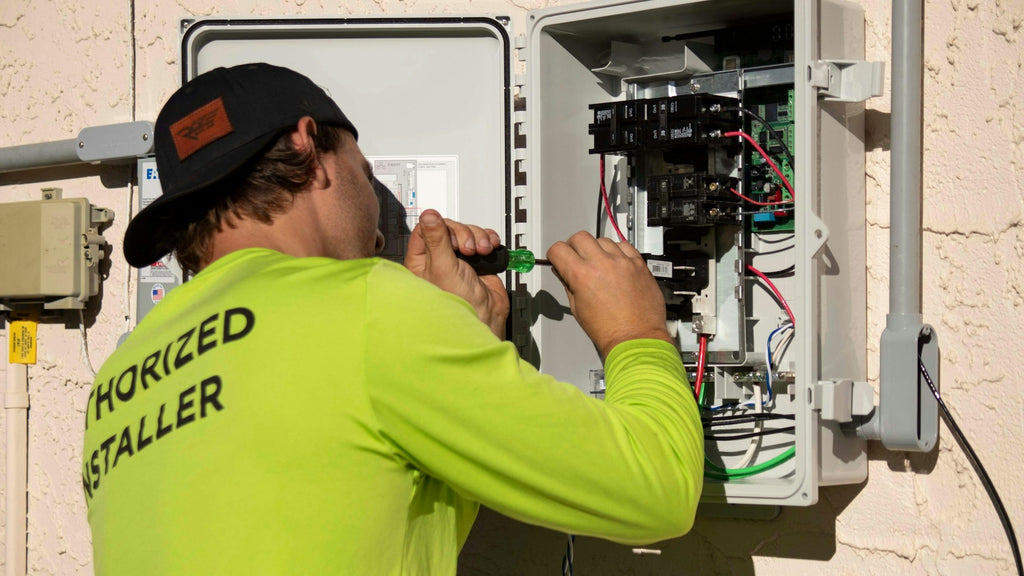When it comes to diy solar inverter troubleshooting: 8 problems you can fix now, understanding the common issues that can arise is essential for maintaining optimal performance. This guide will help you identify and resolve these problems effectively.

1. Inverter Not Turning On
If your inverter fails to turn on, it could be due to several factors. First, check the power source. Is it connected properly? If the connections are secure and the inverter still does not power up, consider inspecting the fuse. A blown fuse is a common issue that can easily be replaced.
2. Overheating Issues
Overheating can lead to significant damage to your inverter. Ensure that the inverter is installed in a well-ventilated area. If it is in a confined space, the heat may not dissipate effectively. Additionally, check for dust accumulation on the inverter’s cooling vents. Cleaning these vents can help maintain proper airflow.
3. Low Output Voltage
Experiencing low output voltage can be frustrating. This issue may arise from a faulty connection between the solar panels and the inverter. Inspect all wiring and connections for any signs of wear or damage. If everything appears intact, consider testing the solar panels individually to ensure they are functioning correctly.
4. Error Codes Displayed
Many modern inverters come equipped with error codes that indicate specific issues. Refer to your inverter’s manual to decode these messages. Understanding what each code means can guide you in troubleshooting effectively. If you encounter persistent error codes, it may be time to consult a professional.
5. Inconsistent Performance
Inconsistent performance can be attributed to several factors, including shading on solar panels or changes in weather conditions. Ensure that your panels are free from obstructions and are positioned to receive maximum sunlight. Regular maintenance can help mitigate these issues.
6. Battery Charging Problems
If your system includes batteries, charging problems can arise. Check the battery connections and ensure they are secure. Additionally, verify that the batteries are compatible with your inverter. If the batteries are old or damaged, replacing them may be necessary.
7. Ground Faults
Ground faults can pose safety risks and affect inverter performance. Inspect the grounding connections to ensure they are secure and free from corrosion. If you suspect a ground fault, it is advisable to consult a professional for a thorough inspection.
8. Inverter Making Unusual Noises
Unusual noises from your inverter can indicate internal issues. If you hear buzzing or clicking sounds, it may be a sign of electrical problems. Turn off the inverter and inspect it for any visible signs of damage. If the issue persists, seek professional assistance.
For a comprehensive guide on diy solar inverter troubleshooting: 8 problems you can fix now, consider visiting this resource. It provides valuable insights and solutions to common inverter issues.
By addressing these common problems, you can enhance the efficiency and longevity of your DIY solar inverter. Remember, regular maintenance and timely troubleshooting are key to a successful solar energy system.

